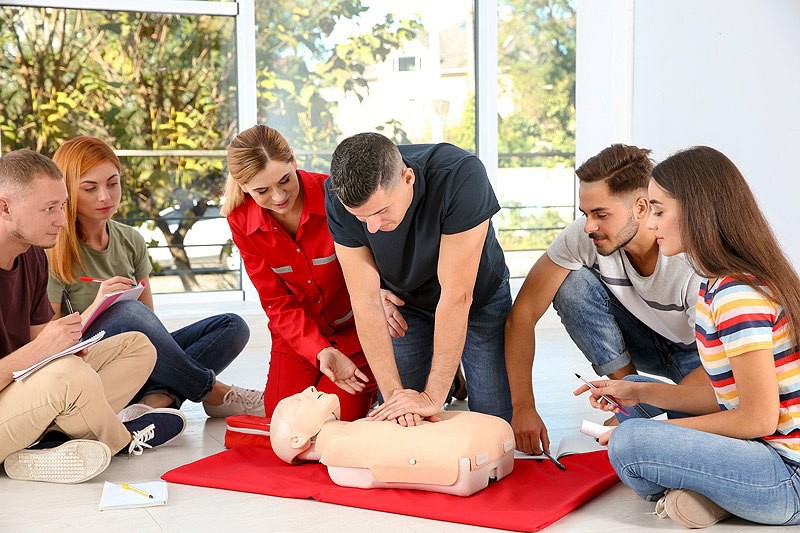


 349,500 Offered Certificates
349,500 Offered Certificates
 24/7 Online Training
24/7 Online Training
 Money Back Guarantee
Money Back Guarantee
 Fully Accredited Courses
Fully Accredited Courses

Created at: 25-02-2025 21:37
In today's fast-paced work environment, ensuring the safety and well-being of employees is more crucial than ever. One of the most effective ways to create a secure workplace is through proper First Aid and CPR training. This comprehensive guide explores the immense benefits of encouraging your team to engage in Emergency First Aid training and obtain Certification, focusing on workplace safety, compliance, and overall employee empowerment.
Workplace accidents can happen at any time, and having a trained response team can mean the difference between life and death. First Aid training equips employees with essential skills to handle emergencies confidently, ultimately fostering a culture of safety. Moreover, understanding emergency medical response protocols empowers employees to react calmly in high-pressure situations, reducing confusion and panic.
Cardiopulmonary resuscitation (CPR) is a critical skill that can save lives in emergencies such as cardiac arrests or drowning incidents. CPR certification usually includes:
Training often incorporates CPR techniques specific to different age groups, ensuring all employees can respond appropriately based on the situation.
Investing in First Aid Certification helps businesses adhere to occupational health and safety regulations. Ensuring your workplace meets workplace health and safety requirements can prevent legal repercussions and promote employee well-being. Some aspects to consider include:
Effective First Aid training encompasses various scenarios employees may encounter, such as cuts, burns, sprains, and allergic reactions. Practical training equips them with the necessary skills to evaluate situations and respond appropriately:
Choosing the right First Aid course requires careful consideration. Here are some critical factors:
With the rise of remote work, many organizations are considering online First Aid courses. Benefits include:
However, it can be advantageous to also provide hands-on training, as practical skills can be more effectively learned in a controlled environment.
Preparing your workforce through comprehensive First Aid and CPR training not only promotes safety but also enhances employee morale and compliance with health regulations. It’s time to invest in your greatest asset—your people. Enroll your team today in our targeted First Aid training courses and become the workplace that leads by example.
For more information or to schedule a course, please contact us at [email protected].